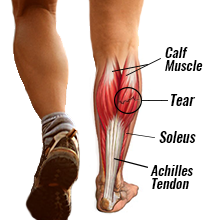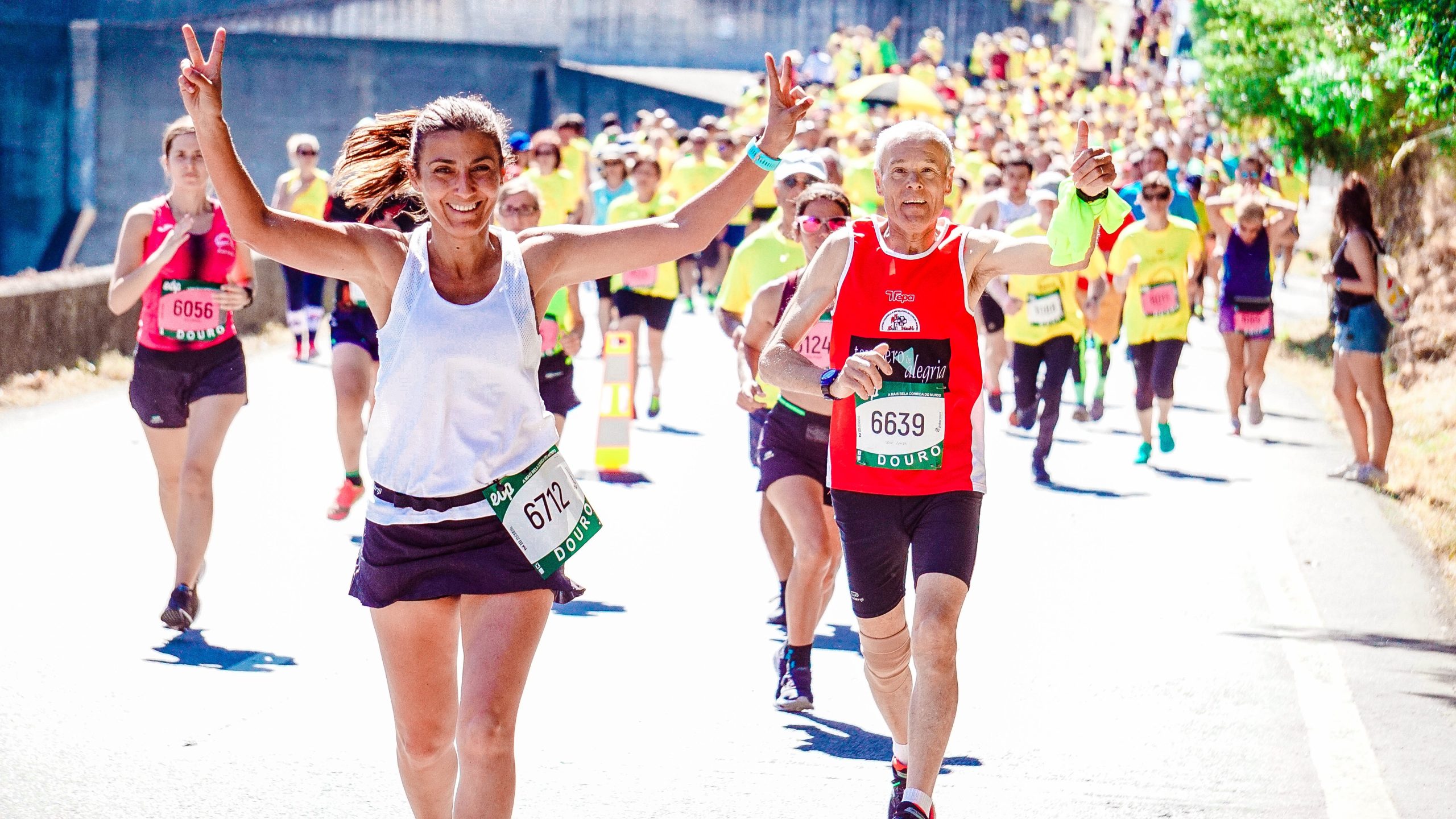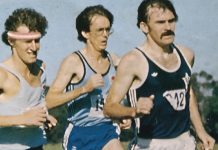As we get older, our muscles tend to weaken naturally, and leading a sedentary lifestyle can exacerbate this issue. Strong calf muscles are particularly crucial to handle high-load forces that can occur during activities like running. Research suggests that the calf muscles may need to generate up to 9 times the body weight force during such activities. A weak calf muscle can result in muscle tears.

There are two calf muscles located at the back of the lower leg, namely the gastrocnemius and the soleus. The gastrocnemius is the larger muscle bulk, situated higher in the calf, while the soleus is located beneath and below the gastrocnemius. These muscles merge together and connect to the heel through the Achilles tendon.
Calf muscle injuries are common and can be caused by sudden fast movements or missteps. If the muscle is stretched while it is being asked to produce force, it can lead to a tear. The gastrocnemius muscle is often strained during high-impact activities such as jumping or quick acceleration, causing significant pain and swelling. The soleus muscle injuries, on the other hand, tend to occur closer to the Achilles, with the pain typically being less intense than that of the gastrocnemius.
The RICE method is recommended when an injury occurs, which involves Rest, Ice, Compression, and Elevation. Resting the affected area, applying ice wrapped in a towel for 20 minutes every 2-3 hours, compressing the area with a bandage, and elevating the leg above the heart level can help reduce pain and swelling.
View this post on Instagram
Stretching is not advisable during the early stages of healing as a calf tear requires both ends to knit back together. Wearing shoes with a slight heel or inserting a raise into the shoe can help promote optimal healing in the first week. After the acute pain has subsided, a customized rehabilitation program can help restore movement and improve the load capacity of the calf and lower limbs. This program typically includes straight leg and bent leg calf raises, along with weight exercises as the muscle heals.
To prevent re-injury, it is essential to manage the training load while returning to running after a calf tear. Physiotherapists can guide patients on how much to run, how fast to run when to rest, and when to run harder. Proper load management is vital in reducing the risk of re-injury and safely returning to activities.
















